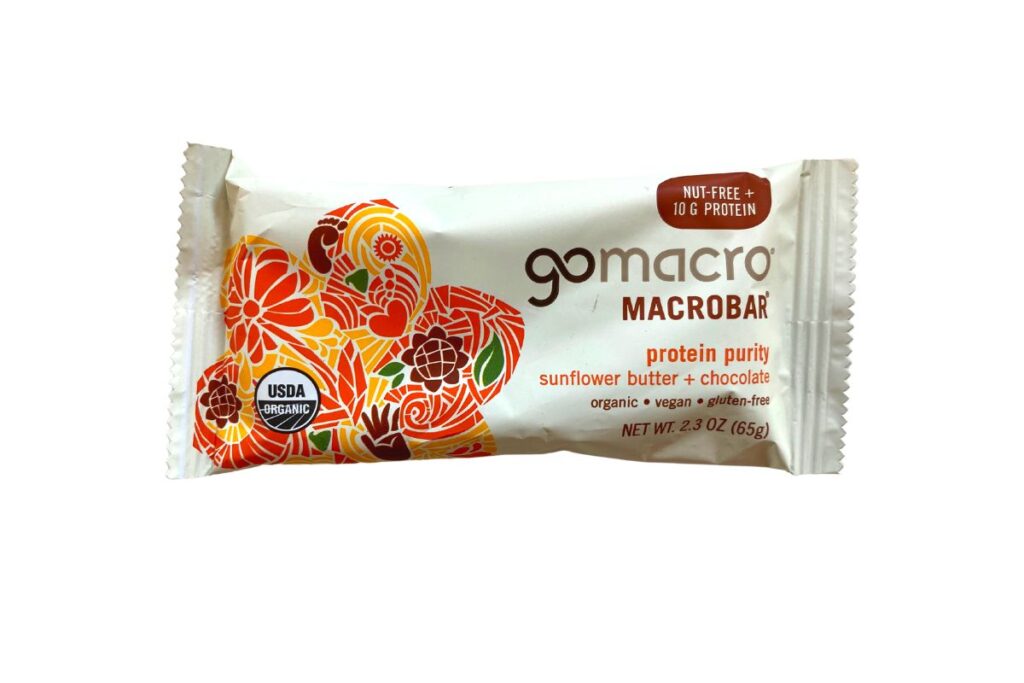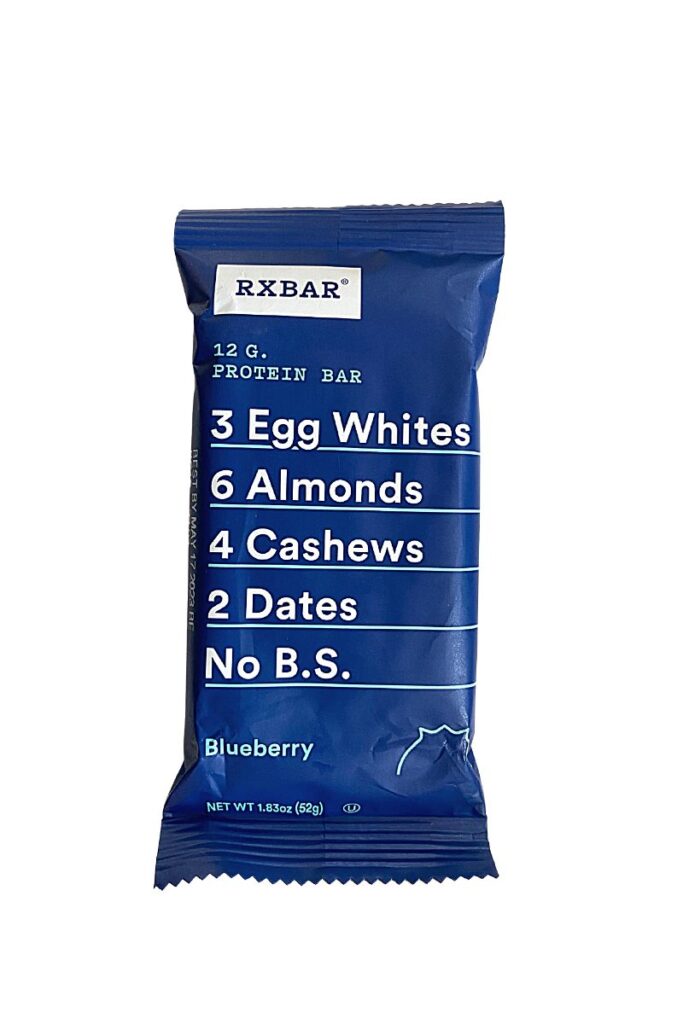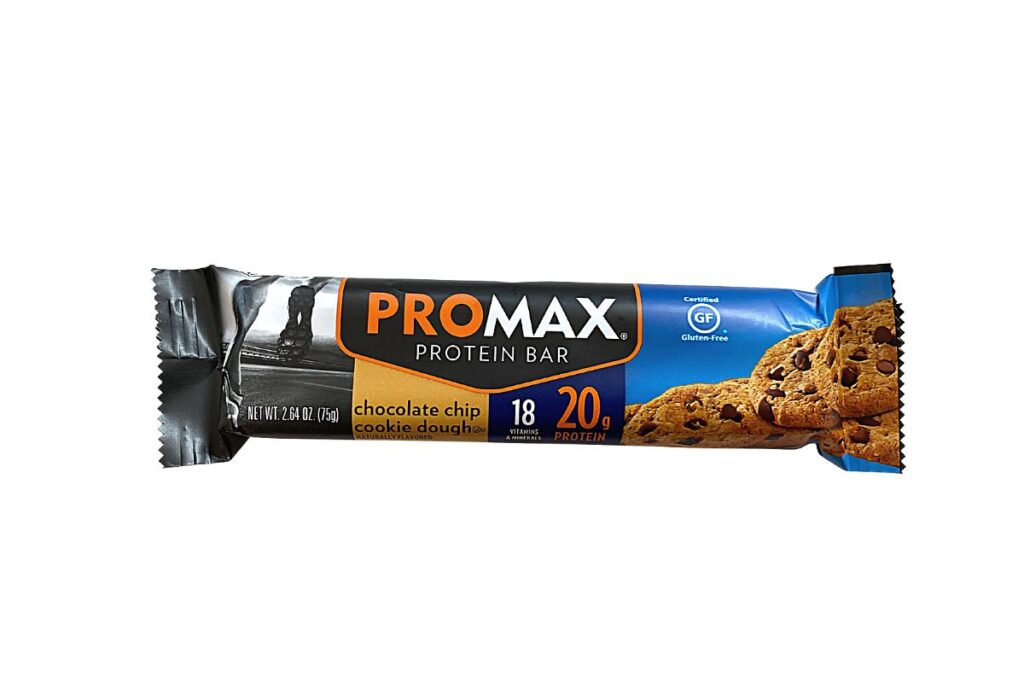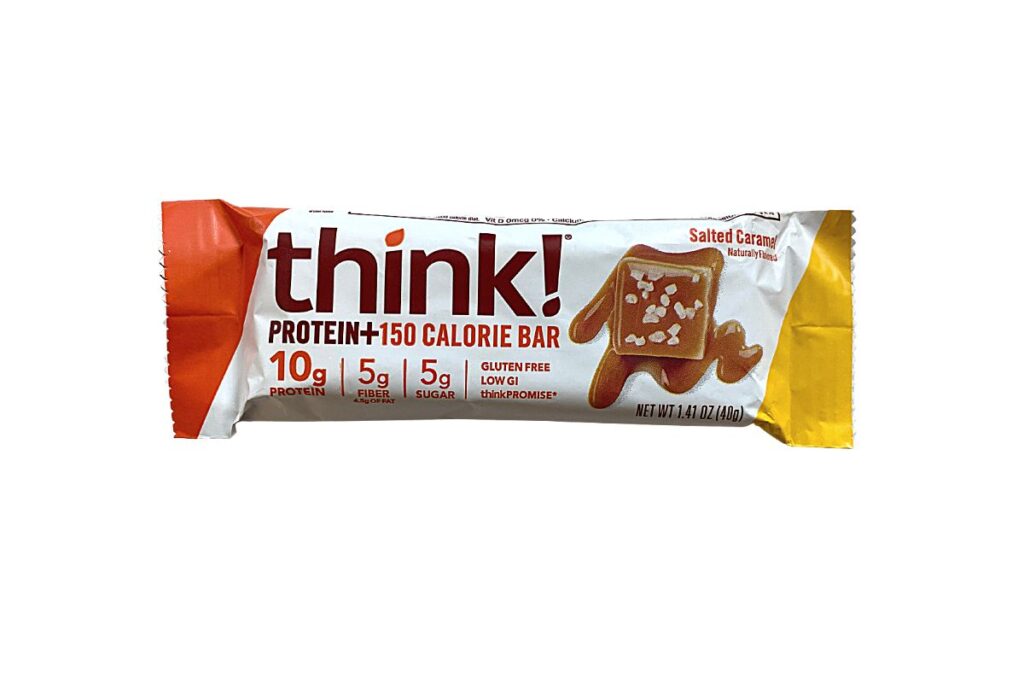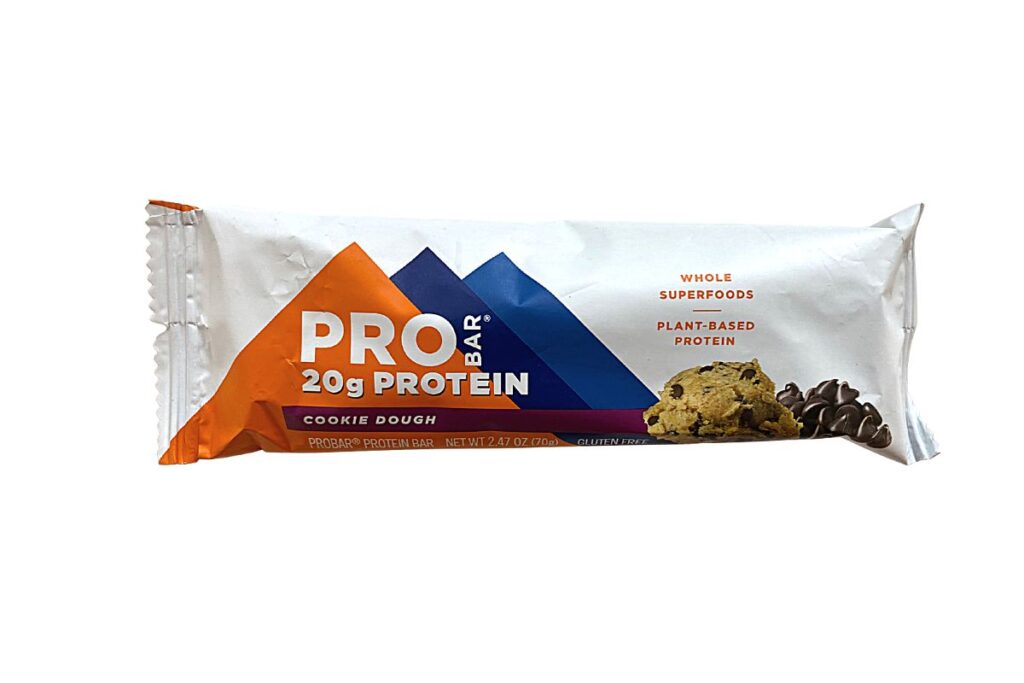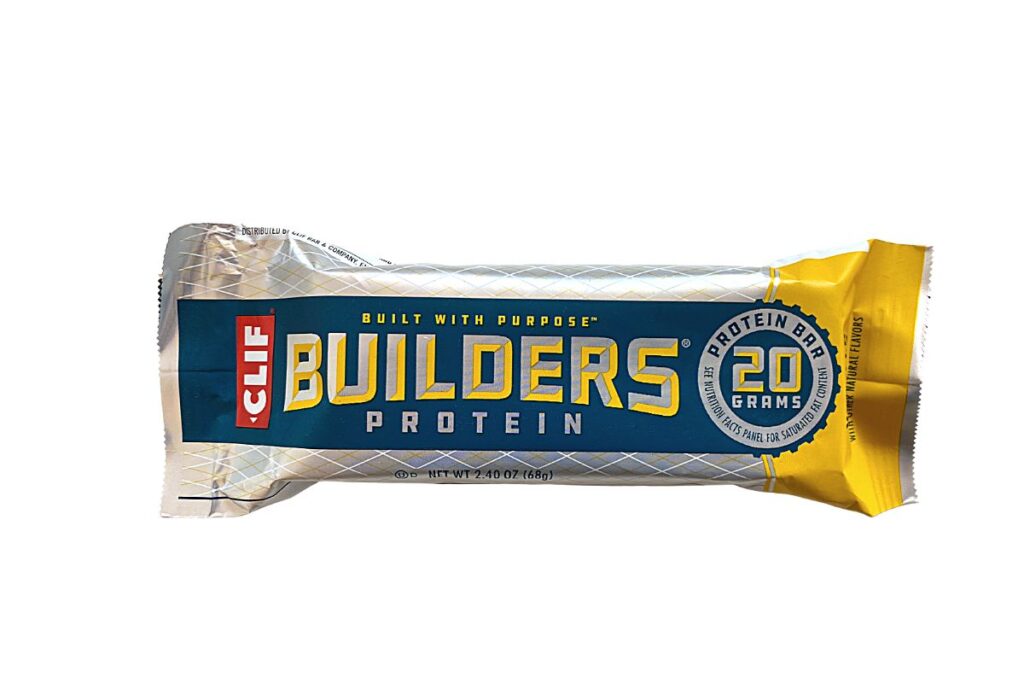How to Choose the Best Gluten Free Protein Bars
There’s an abundance of energy bars on the market offering various macronutrient combinations (like gluten free protein bars), countless flavors and stuffed with antioxidants, minerals and trendy herbs.
Sometimes the labels claim they can burn fat, build muscle, calm nerves and much more.
Are you wondering how to sort through all the options and find a gluten free protein bar right for you? Especially if you’re following a gluten free diet? When you find a bar you like, how many should you eat? Are protein bars good for you?
And are protein bars actually gluten free?
We’ll help you understand how protein bars fit into your overall soccer player diet.
Let’s dive in to read the labels and look how to best meet your energy needs.
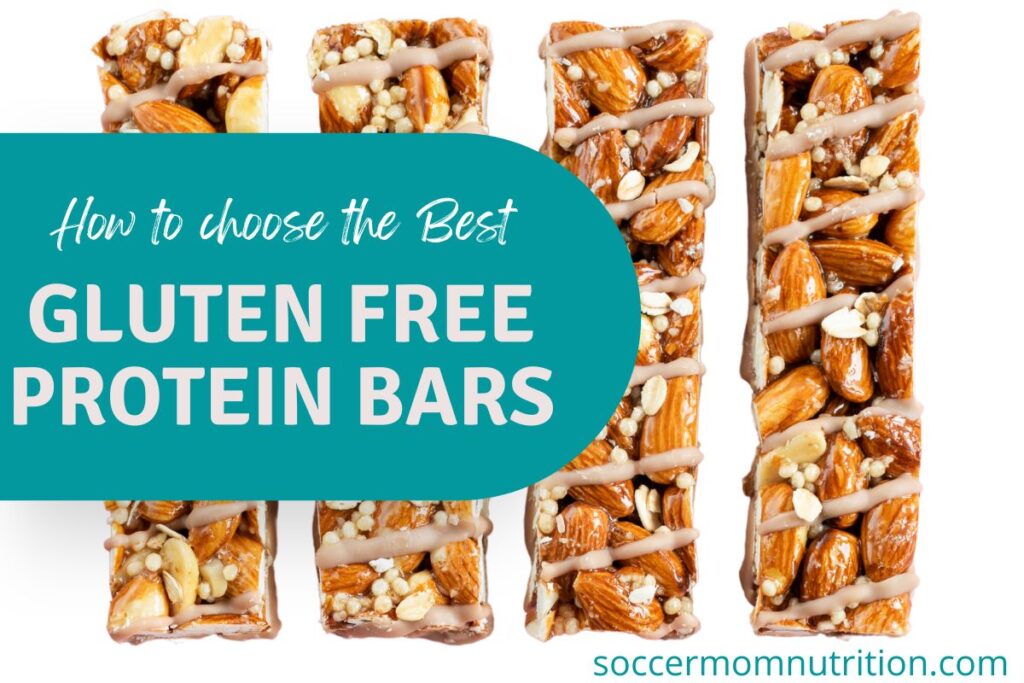
Please note that this article contains affiliate links. If you click one of these links and make a purchase, we may earn a commission. As an Amazon Associate, we earn from qualifying purchases.
Why do people eat gluten free protein bars
Those with celiac disease or who want to avoid gluten choose options that contain gluten free ingredients.
Gluten free protein bars/energy bars are designed with several uses in mind:
- Provide an energy burst before exercise
- Start recovery after a hard practice or game
- Replace a meal on the go
- Combine with whole foods for a hearty meal or snack
What is a protein bar?
There’s nothing magical about the ingredients in an energy, “sports” or protein bar. Energy bars provide calories, packaged up in a convenient individual wrapper. Despite their healthy image they may be higher in calories and missing some key nutrients.
But energy bars are a healthier choice than high fat, high sugar snacks like soda and candy.
The best way to meet your energy requirements to fuel your sports performance is to get your energy from whole foods because they pack a more nutritious punch with all the nutrients they contain—fiber, energy, vitamins and minerals.
However, that’s not always possible. So many of us are on the go, eating when we can and looking for something portable and convenient. An energy bar meets the needs of a hungry athlete who needs a quick, hassle free and relatively healthy source of energy.
What ingredients are in a gluten free protein bar
Energy bars typically have a mix of carbohydrate, protein, fat, vitamins, minerals and other nutrients. They vary in caloric density and types of food sources, like plant based proteins, gluten free grains and more.
The bar’s wrapper has a lot of information. On the front, you’ll see the name of the bar, possibly a health claim, whether it’s a “gluten free protein bar.”
On the back of the wrapper, the food label and ingredient list provides a key source of information to help you understand what bar meets your needs.
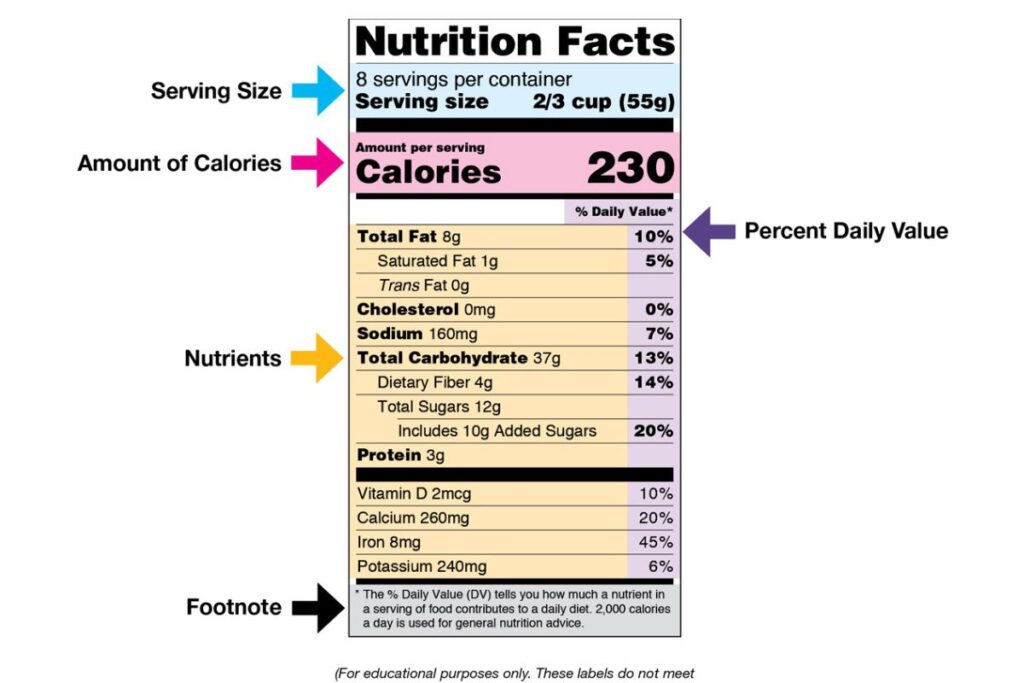
The ingredient lists should further confirm that the bar is gluten free.
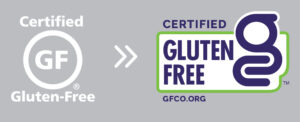
You may see a certified gluten free symbol letting you know that it’s a certified gluten free product. However, any food that is by nature gluten free does not have to be listed as gluten free.
And even gluten free foods aren’t required to be listed as “gluten free.” If there is gluten in the ingredients this needs to be clearly labeled (WHEAT) in or right after the list of ingredients.
Calories
Bars range in caloric content from 100 calories to more than 300.
Size and packaging can be deceiving and you should always check out the calorie content on the food label to make sure you are choosing a bar that has the right amount of calories for how you intend to use it.
Carbohydrate
A bar may have anywhere from 20 to 50 grams of carbohydrate.
Most have a combination of carbohydrate sources including complex carbohydrates (rice, oats or isolated starch) and simple carbohydrates (brown rice syrup, honey, dried fruit, high fructose corn syrup).
Some gluten free energy bars contain carbohydrates like flax, chia, quinoa, oats, rice and tapioca.
Protein
A bar that’s labeled as a “protein” bar will have around 8- 20+ grams of protein. Sources of protein vary from animal based, think egg, whey and casein, to plant based like soy, pea protein and hemp. Quinoa is a good source of protein and carbohydrates.
Fat
Look for a bar that has 4 or fewer grams of fat. But some of the protein bars may be slightly higher in fat. Some bars contain saturated fats, which are fats you want to avoid.
Fats sources include coconut oil, partially hydrogenated oils, palm oil and canola oil. Although some bars have fat from the whole food ingredients like nuts and flaxseed.
Fiber
Most fiber is from the grains, seeds, nuts and fruits used to make the bar. However, some bars may add additional fiber which you would see on the label as chicory or inulin.
Vitamins and minerals
Some energy bars may be fortified with as many vitamins and minerals, like vitamin C, folate, as a bowl of fortified breakfast cereal. Antioxidants may provide protective effects for the oxidative damage caused by exercise.
Likely the other added herbs and specialty ingredients aren’t in the right amounts to provide their “expected” benefits.
**Also be sure that if you take any supplement or food that contains a supplement it is not a banned ingredient. Or if it is something like caffeine, you aren’t already combining it with a high caffeine product.**
Sugar alcohols and other additives
Manufacturers add sugar alcohols to products as sweeteners to reduce their sugar content. When you see a protein bar touting “no sugar” or “only 2 carbs” that’s a likely indicator that sugar alcohols have been used.
Common sugar alcohols include mannitol, sorbitol, xylitol, lactitol, isomalt, maltitol and hydrogenated starch hydrolysates (HSH). Steer clear of these especially before any physical activity as these often cause stomach upset, diarrhea, gas and bloating.
When should I eat a gluten free protein bar
Depending on why you’re eating the protein bar will determine how much protein you’ll want to look for. Before a practice or game, pick a bar with no more than 8-10 grams of protein.
Any higher amount may slow digestion and increase the time it takes to get energy from carbohydrates to your working muscles.
But if you’re eating a bar instead of a meal, some high protein bars may be the right choice. A bar with 15-20 grams of protein should help you to meet your protein needs for that meal.
In fact, that’s the same amount of protein you might get from eating a turkey sandwich. It’s also a great idea to pair the gluten free protein bar snack with a piece of fruit, carrots or low fat cheese stick and crackers.
Higher amounts of protein will help with satiety and slow digestion to tide you over to your next snack or meal.
Are gluten free protein bars good for me
Protein bars can be a good source of nutrients, including vitamins and minerals. And they’re a quick and tasty source of energy before, during or after a practice or game. Like anything though, it’s good to have a balance of foods.
Protein bars aren’t designed to provide every nutrient you need. So a heavy reliance on bars could result in you missing out on fiber and other vitamins and minerals that you can only get from whole grains, fruits and vegetables.
When possible choose bars made with whole ingredients such as oats and grains, nuts and seeds and dried fruits. Gluten free protein bars with these ingredients may be more likely to be gluten free.
How do I choose the protein bar for me
Since sports bars aren’t created equal, choose a bar based on your goal
What is gluten free
FDA regulation defines “gluten-free” but does not require a gluten free food to be labeled as gluten free. Therefore, it’s important for you to know sources of gluten and how to read ingredients on the food label.
A food label may say “gluten-free” if the food does not contain more than 20 parts per million (ppm) of gluten or any of the following:
- an ingredient that includes wheat, rye, barley, or related grains
- an ingredient made from the above grains and hasn’t been processed to remove gluten
- an ingredient made from these grains that has been processed to remove gluten, if it results in the food containing 20 or more parts per million (ppm) gluten
What should I look for in gluten free protein bars
- Gluten free symbol and/or no wheat or related grains in the ingredient list
- Protein source and content
- Calories
- Carbohydrate
- Added sugars
- Artificial sweeteners/additives/filler ingredients
What are some good options in stores today
We assembled a panel of teen athletes and parents to taste some of the best selling gluten free protein bars found on store shelves. Our review includes the calories, protein and carbohydrate content as well as the rating and comments on taste.
Since all of us have different taste preferences, your best bet is to test out a few to see what you like. And don’t forget that you should never test any new foods before a game. Try some new foods before a practice instead to see how your body responds.
Go Macro-Macrobar – Protein Purity
Calorie: 270, Carbohydrate: 38 g, Protein: 10 g Rating: Excellent. Best tasting. Natural flavors.
RXBar – Blueberry
Calories: 220, Carbohydrate: 22 g, Protein: 12 g, Rating: Excellent. Good flavors. A bit sticky.
Pro Max – Chocolate Chip Cookie Dough
Calories: 220, Carbohydrate: 22 g, Protein: 12 g, Rating: Great. Decent texture.
Quest – Cookies and Cream
Calories: 190, Carbohydrate: 21 g, Protein: 21 g, Rating: Good. Contains sugar alcohols.
Think – Salted Carmel
Calories: 150, Carbohydrate: 20 g, Protein: 10 g, Rating: Good. Chocolate dipped. Good texture.
Pro Bar – Cookie Dough
Calories: 280, Carbohydrate: 33 g, Protein: 20 g, Rating: Decent. High calorie. Dry texture.
Clif Builders Protein – Vanilla Almond
Calories: 290 Carbohydrate: 29 g, Protein: 20 g, Rating: Average. High calorie. Chalky taste.
Wrap up
Protein bars can be used for a variety of purposes from pre game snacking to recovering after a tough workout. They’re a convenient and useful addition to a balanced diet. But they shouldn’t take the place of eating whole foods as a rule.
Make sure you’re reading the label for calorie, carbohydrate, protein information. Gluten free products will likely have a “gluten free” symbol. However, don’t forget to check the ingredients list to make sure there is no gluten.
This is especially important for anyone with celiac disease.
With so many options available, look for those with high quality ingredients and that you enjoy eating. And don’t forget to test them on non-game days so that you can find what works best for you.
Stephanie Magill, MS, RD, CD, FAND has over 22 years of experience in public health and nutrition. As a performance registered dietitian nutritionist, Stephanie specializes in sports nutrition and provides simple and actionable information so that athletes can be well fueled for high performance on and off the field. Stephanie has a Master’s Degree in Nutrition and is a Fellow of the Academy of Nutrition and Dietetics.

